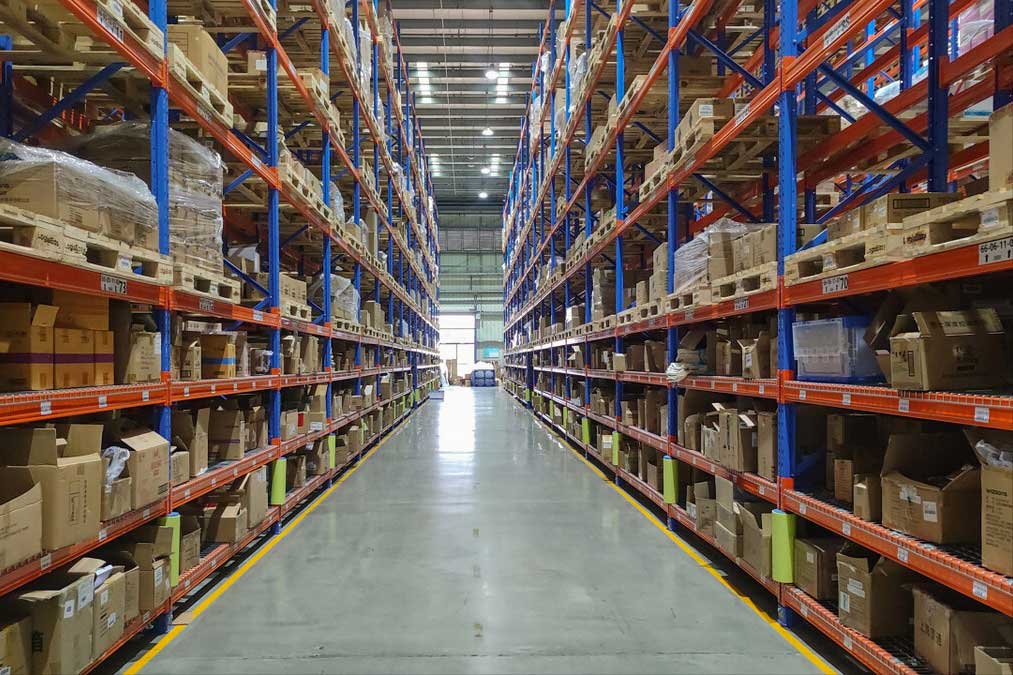
I. How to Choose a Reliable Import and ExportCustoms clearanceAgency company?
Four Core Criteria for Evaluating the Professionalism of a Customs Broker:
- CustomsAEOCertification Qualifications (The 2025 New Edition Certification Standards Have Been Implemented)
- Specific Commodity Customs Clearance Case Database (e.g., medical devices require 510K certification support)
- Global port customs clearance network coverage capability (especially customs clearance nodes in RCEP member countries)
- Digital customs clearance system integration capability (must support Single Window 2.0 version)
2. What essential documents are required for import and export customs clearance?
The basic document list includes:
- Commercial invoice (must indicate the latest 2025 HS code)
- Packing List (with detailed weight and volume per individual item)
- Bill of Lading/Waybill (Electronic Bill of Lading must comply with MLETR Convention requirements)
- Certificate of Origin (RCEP Origin Declaration must use the new version format)
- Special Documents:
- FDA certification (for importing medical devices into the United States)
- REACH Test Report (Chemicals Export to EU)
3. What factors affect customs clearance time? How to expedite the clearance process?
Three Key Factors Affecting Customs Clearance Speed in 2025:
- Declaration data quality (an error rate exceeding 2% will trigger manual review)
- Customs Risk Control System (AI Document Review Coverage Rate Has Reached 87%)
- Trade compliance (particularly concerning the declaration of ECCN-controlled goods)
Practical Tips for Expedited Customs Clearance:
- Pre-declaration (to be completed 72 hours before arrival)
- Adopt the "two-step declaration" model (the number of pilot ports will expand to 30 by 2025).
- Apply for AEO Enterprise Priority Inspection Qualification
4. How to accurately calculate tariffs and value-added tax?
Tax Calculation Rules for Major Trading Countries in 2025:
- United States:
- The 301 Tariff Exclusion List has been updated to the 15th batch.
- The minimum tax exemption threshold has been raised to $1000.
- European Union:
- The Carbon Border Adjustment Mechanism (CBAM) has officially come into effect.
- The deferred VAT declaration requires the provision of financial guarantees.
- Southeast Asia:
- The RCEP cumulative rules can reduce tariff costs by 3-8%.
V. How to Handle Customs Inspections?
Key Focus Areas for Customs Inspection in 2025:
- Intellectual property protection (cross-border e-commerce infringement cases increased by 40%)
- Classification disputes (the error rate of the intelligent classification system has been reduced to 1.2%).
- Price Inquiry (Increased Scrutiny on Transfer Pricing)
Suggested response:
- Establish a product database (including historical declaration data)
- Prepare complete technical documentation (such as material test reports).
- Commission a professional inspection company for pre-inspection.
6. What are the special customs clearance requirements for emerging markets?
Examples of Special Provisions for Key Markets:
- Middle East:
- The scope of GCC certification has been expanded to include 12 additional product categories.
- Importing to Iran requires obtaining a VOC certificate.
- Africa:
- The Nigerian SONCAP certification implements electronic verification.
- Kenya PVOC inspection standards update
- South America:
- The registration cycle for Brazil's ANVISA has been shortened to 60 days.
- Upgrade of Argentina's SIRA Import License System
7. How does cross-border e-commerce customs clearance differ from traditional trade?
Key Points of Cross-Border E-Commerce Regulation for 2025:
- B2C orders require the provision of consumer identity information.
- Overseas warehouse goods must complete product filing in advance.
- For returned goods to clear customs, the original export records must be provided.
- Adjustment of the Comprehensive Tax Calculation Formula for Cross-Border E-Commerce (Including Carbon Tariff Factor)
8. How to Avoid Legal Risks in the Customs Clearance Process?
Key Compliance Focus Areas for 2025:
- U.S. Entity List Verification (87 New Chinese Companies Added)
- The scope of EU anti-dumping and anti-subsidy investigations has been expanded.
- The transition period for UKCA certification has ended.
- Adjustment to the List of Parallel Import Goods in Russia


 Follow the customer service WeChat account.
Follow the customer service WeChat account.